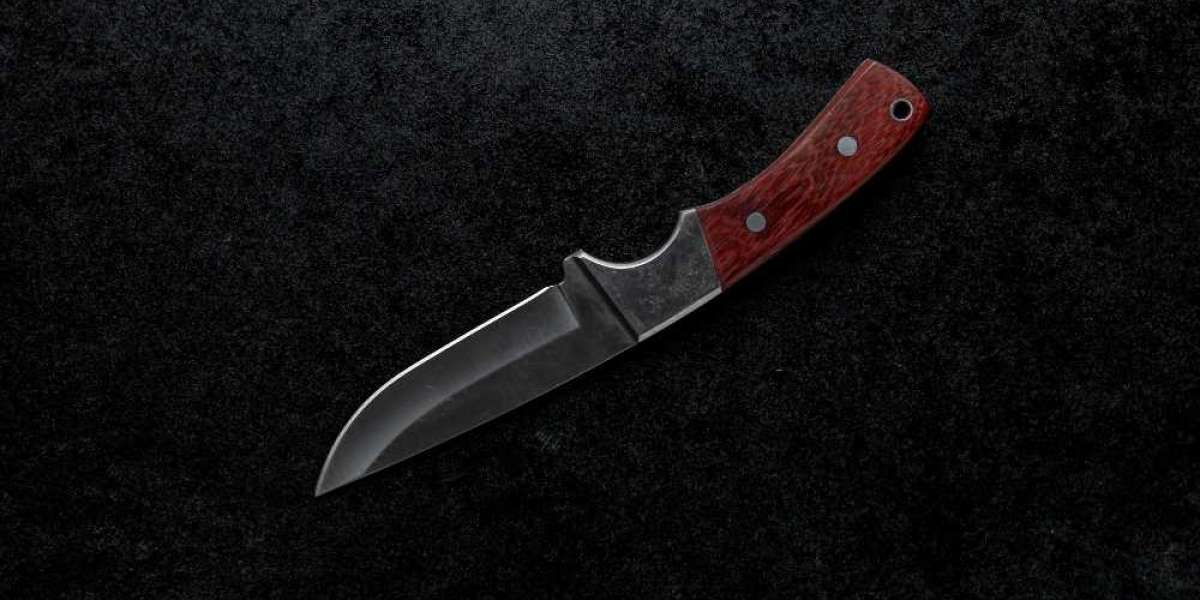Introduction
Interest in the karambit knife often comes from its compact size and perceived effectiveness. Before deciding whether to carry or possess one, it’s important to consider legal restrictions, safety practices, and non-lethal alternatives. This article outlines those considerations and compares the karambit knife to safer self-defense options.
Legal and Practical Considerations for the Karambit Knife
Laws governing knives vary widely by jurisdiction — blade length, folding vs. fixed design, and the presence of features like a retention ring can all influence legality. Owning a karambit knife for collection or outdoor tasks is different from carrying one for self-defense; in many places, open carry or concealed carry of certain blades is restricted. Beyond the law, practical matters matter too: a karambit knife requires responsible storage, safe handling, and an awareness of when its use would be lawful and reasonable.
Safer Alternatives — Why Many Choose Non-Lethal Options
For personal protection, many people prefer non-lethal tools that reduce the risk of severe injury or legal complications. For example, pepper spray offers quick, temporary incapacitation without permanent harm and is easy to use while keeping a distance from an assailant. The karambit knife, by contrast, is a close-contact tool. Choosing non-lethal alternatives, training in situational awareness, and learning de-escalation techniques are often the safer, more legally defensible pathways to personal security.
Conclusion
The karambit knife is a distinctive tool with deep cultural roots, but it’s not a one-size-fits-all answer for personal safety. Understanding local laws, prioritizing safe storage and handling, and considering less-lethal options are all essential. Ultimately, personal safety choices work best when informed by legal knowledge, risk assessment, and a preference for reducing harm.


